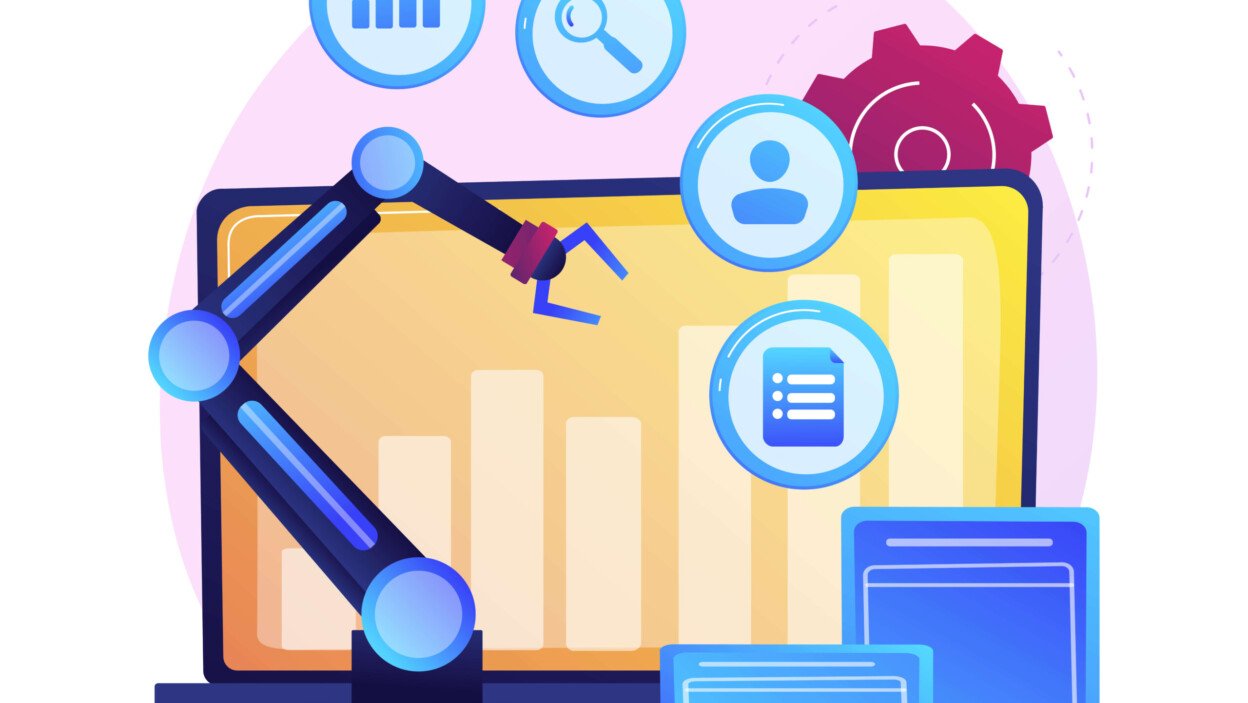In today’s fast-changing business world, speed and efficiency are everything. Every second counts when customers expect instant replies and employees juggle multiple tasks. This is where digital automation comes in. It’s not a trend—it’s the foundation of how modern companies grow and stay competitive.
This article breaks down digital automation in simple terms. Whether you’re new to the concept or want to use it in your business, this guide will help you understand what it is, how it works, and why it matters.
What Exactly Is Digital Automation?
Digital automation means using software and digital tools to carry out tasks without human effort. These tasks can be small and repetitive or complex and multi-step. Think of it as setting up a machine to do something you once had to do by hand.
It doesn’t just speed things up—it also makes your processes more consistent. Instead of relying on someone to remember the steps each time, you create a system that always does it the same way. Digital automation often supports broader efforts like financial inclusion, especially in underserved communities.
Where We See Digital Automation Every Day
You’ve probably already seen digital automation in action, even if you didn’t realize it. When you get a confirmation email after buying something online—that’s automation. When your bank alerts you of a low balance—that’s automation too.
Businesses also use it behind the scenes to manage tasks like:
-
Updating customer databases
-
Approving leave requests
-
Sending out newsletters
-
Tracking inventory
-
Routing service tickets
These tasks used to take up valuable time. With digital automation, they’re done faster, without delays or mistakes.
Why Is Digital Automation Important?
The most obvious benefit of digital automation is saving time. But its value goes much deeper than that.
Boosts Productivity
When your team doesn’t have to repeat the same boring tasks every day, they can focus on things that require creativity, problem-solving, and real thinking. Automation frees people to do work that matters.
Reduces Human Error
Even the best employees make mistakes. A wrong entry, a missed deadline, or a forgotten step can cost a business money or customers. Automation reduces those errors because the system runs things exactly how it’s programmed.
Saves Money
Over time, automation means fewer hours wasted, fewer errors, and less need for extra hands. That means real savings. It also allows you to grow your business without constantly hiring more staff.
Improves Customer Experience
Automation ensures that customers don’t have to wait. Whether it’s a quick email response, a personalized recommendation, or a real-time update, automation keeps your service sharp and efficient.
How Digital Automation Works
Automation tools work by following a series of instructions or “rules.” Once set up, the tool waits for a trigger—an action that tells it to begin.
Here’s a simple example:
-
A customer submits a contact form on your site.
-
That form triggers an automatic thank-you email.
-
At the same time, it adds the customer’s info to your CRM.
-
A salesperson is assigned and notified automatically.
All of that happens in seconds. No one on your team has to lift a finger.
Types of Digital Automation
Depending on your needs, there are several types of automation you can use.
Workflow Automation
This is about creating step-by-step digital processes that run without manual effort. Tools like Zapier or Make connect apps together to move data or trigger actions.
Robotic Process Automation (RPA)
RPA uses bots to mimic human actions like clicking, typing, or copying and pasting. It’s great for older systems that don’t easily connect to modern software.
Marketing Automation
From welcome emails to cart reminders, marketing automation helps keep your customers engaged without constant work from your marketing team.
IT Process Automation
System updates, backups, and monitoring alerts—these can all be handled by automation tools, reducing downtime and keeping systems running smoothly.
Common Tools for Digital Automation
You don’t have to build anything from scratch. Plenty of tools make automation easy—even for non-tech users.
Some popular options include:
-
Zapier: Connects apps like Gmail, Slack, Trello, and more.
-
HubSpot: Automates customer relationships and email campaigns.
-
Make (formerly Integromat): Powerful visual workflows for advanced users.
-
UiPath: Leading RPA tool for automating computer-based tasks.
Each tool serves different needs. Some are perfect for small businesses. Others are built for enterprise-level operations.
Is Digital Automation Replacing Jobs?
This is one of the biggest concerns when people hear the word “automation.” It’s true—some repetitive jobs are being replaced. But many more roles are simply changing.
Instead of replacing people, digital automation often supports them. It removes boring tasks, helps them move faster, and lets them focus on higher-value work. In many cases, it actually creates new roles—like automation specialists, process analysts, and digital workflow designers.
Getting Started with Digital Automation
If you’re curious about using digital automation in your business, start small.
-
Identify repetitive tasks. What’s taking up your team’s time?
-
Choose the right tool. Start with a free or low-cost tool.
-
Create simple workflows. Try automating one or two tasks.
-
Test and improve. Make sure the automation is running smoothly before scaling it up.
Over time, you’ll start to see real benefits: more time, fewer errors, and a smoother operation overall.
Digital automation isn’t just for tech companies or large corporations. It’s for anyone who wants to do more with less effort. Whether you’re a small business owner, freelancer, or team leader, automating even a few daily tasks can free up your time and give you a competitive edge.
The future of work is not about doing everything manually. It’s about working smart. And digital automation helps make that future possible—today.








What Is FinTech? A Beginner’s Guide to the Finteching 2025
Digital Wallets vs. Traditional Banking: What Consumers Need to Know
AI in Wealth Management: How Artificial Intelligence is Reshaping Finance
AI-Powered Credit Scoring: Revolutionizing Digital Lending in the Digital Finance Era
Embedded Finance: How Seamless Financial Services Are Integrating into Everyday Apps
AI-Powered Credit Scoring: Revolutionizing Digital Lending in the Digital Finance Era
Harnessing AI in Digital Finance: Revolutionizing Risk Management and Customer Experience
How Open Banking APIs Are Revolutionizing Digital Finance?